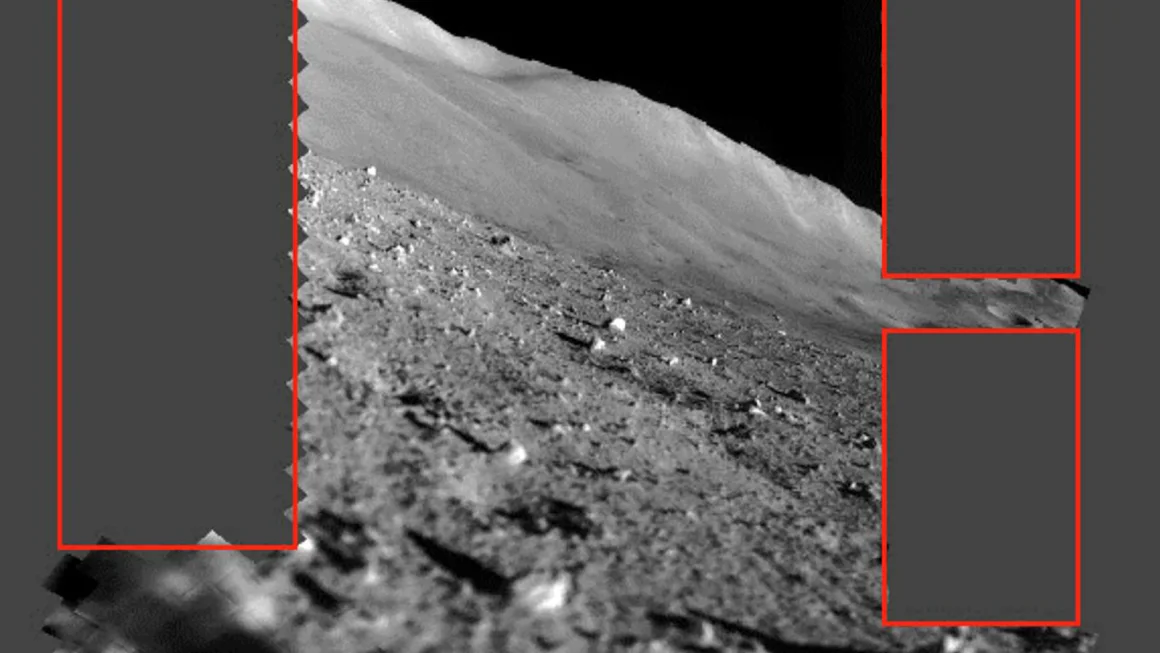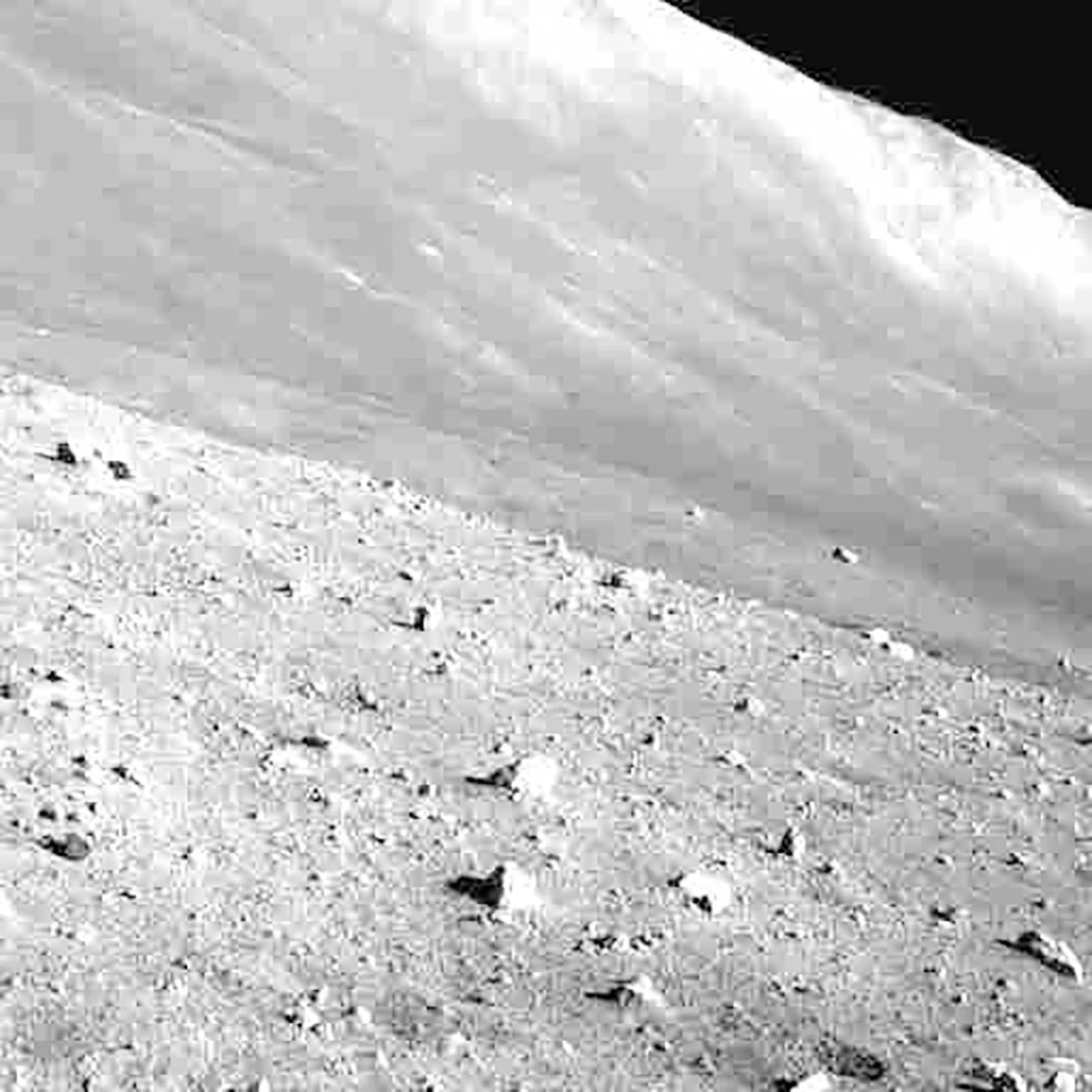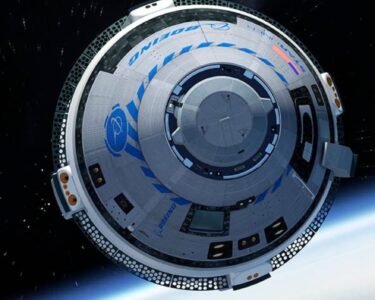From Dream to Reality: The Birth of the Moon Sniper
The story of Japan’s Moon Sniper, officially known as the Smart Lander for Investigating Moon (SLIM), began not on the lunar surface, but in the minds of ambitious Japanese scientists and engineers. Recognizing the limitations of existing lunar landers, JAXA, the Japan Aerospace Exploration Agency, embarked on a daring project. Their goal: to develop a spacecraft capable of pinpointing a specific location on the Moon with unprecedented precision.
The vision behind the Moon Sniper wasn’t just about landing; it was about science. Scientists theorized that a specific region near the Schrodinger crater held the key to unlocking the Moon’s hidden past. This area, believed to be impacted by a massive collision in the past, might have exposed the Moon’s mantle – a layer typically buried deep beneath the surface. Studying this exposed material could shed light on the Moon’s composition, formation, and evolution, potentially revealing secrets about the early history of the Earth-Moon system.

Technological Marvel of Moon Sniper
To achieve such ambitious scientific goals, the Moon Sniper required exceptional technological expertise. JAXA engineers focused on developing a sophisticated guidance, navigation, and control (GNC) system. This system, the heart of the Moon Sniper’s precision, relied on a combination of technologies:
- High-Precision Optical Navigation: Cameras onboard SLIM, along with pre-loaded maps of the lunar surface, allowed the spacecraft to continuously track its position and adjust its trajectory during descent.
- High-Thrust Descent Engine: This powerful engine enabled the Moon Sniper to slow down precisely and hover above the landing site before gently touching down.
- Terrain Relative Navigation (TRN) System: Using on-board LIDAR (Light Detection and Ranging) technology, the TRN system allowed the Moon Sniper to analyze the lunar surface in real-time and adjust its landing maneuvers accordingly.
This intricate collaboration of technologies allowed the Moon Sniper to achieve a near-perfect landing, setting a new standard for lunar exploration accuracy and paving the way for future targeted missions.

A Companion for Exploration: The Shape-Shifting SORA-Q
The Moon Sniper wasn’t alone in its lunar quest. Accompanying it was a unique rover dubbed SORA-Q, which translates to “universe” and “question” in Japanese. This innovative marvel, developed in collaboration with toymaker TOMY, held a special design feature – the ability to transform its shape.
Unlike traditional rovers, SORA-Q wasn’t confined to a fixed configuration. It possessed the remarkable ability to transform from a sphere to a disc, allowing it to traverse the challenging lunar terrain more effectively. In sphere mode, it could roll over loose dust and uneven surfaces. In disc mode, it could crawl across obstacles or climb inclines.
This shape-shifting ability, coupled with onboard cameras, made SORA-Q a valuable asset to the mission. It could venture beyond the immediate landing site, providing scientists with crucial ground-level observations and data, complementing the data collected by SLIM itself.
Triumph and Challenge: A Story of Resilience
The Moon Sniper’s journey wasn’t without its hurdles. Shortly after the successful landing, the mission encountered a significant challenge – a power issue. The extreme environment of the Moon, with its drastic temperature fluctuations between lunar day and night, posed a significant challenge for SLIM’s energy systems.
However, the story doesn’t end there. In a testament to the resilience of the spacecraft and the dedication of the JAXA team, the Moon Sniper miraculously revived itself nearly nine days later. The lander’s solar panels, positioned at the right angle thanks to the Moon’s rotation, were able to capture enough sunlight to recharge the batteries and resume operations.
This remarkable comeback highlighted the robustness of the engineering and the team’s ability to adapt to unforeseen circumstances. It demonstrated the unwavering spirit of exploration and commitment to scientific discovery that lies at the heart of the Moon Sniper mission.

Beyond the Moon: A New Era of Lunar Exploration
The success of the Moon Sniper marks a turning point in Japan’s space exploration endeavor and contributes significantly to the global space race. With renewed interest in lunar exploration, nations like China, India, and the United States are actively pursuing ambitious robotic and human missions to the Moon.
The knowledge and experience gained from the Moon Sniper mission will be invaluable for JAXA’s future lunar ambitions. It paves the way for even more sophisticated missions, including:
- Resource Extraction: The Moon holds potential resources that could be valuable for future exploration endeavors. The information collected by the Moon Sniper could help identify and locate these resources effectively.
- Lunar Bases: Establishing a permanent human presence on the Moon can be a stepping stone for further exploration of the solar system. The data from the Moon Sniper mission can help scientists understand the lunar environment better, informing decisions about potential base locations and construction.
- Gateway to Mars: The Moon serves as a potential training ground for future human missions to Mars. The Moon Sniper mission’s insights can contribute to the development of technologies and strategies crucial for these ambitious endeavors.
The Moon Sniper’s journey reflects Japan’s commitment to pushing the boundaries of space exploration and contributing to a deeper understanding of our celestial neighbor. As the mission gathers data and scientists analyze its findings, we can expect exciting discoveries and breakthroughs that will further illuminate the mysteries of the Moon and shape the future of lunar exploration for humankind.
The story of the Moon Sniper is far from over. As the mission continues and future endeavors inspired by its success unfold, we can look forward to a new era of lunar exploration, filled with scientific curiosity, technological advancements, and the unwavering human spirit of pushing the boundaries of the known and venturing towards the unknown.





